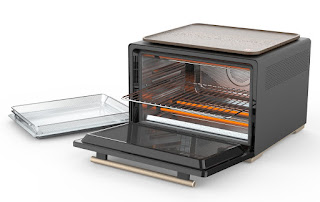From modular vans to autonomous cars -- and, as recently revealed at CES, gesture-based controls -- Mercedes has some big ambitions for the next generation of its vehicles. Now, it's announced that AI company NVIDIA will be the team to help it achieve them.
Speaking to the audience at the Mercedes-Benz booth at this year's CES, Mercedes-Benz Executive Vice President Sajjad Khan and NVIDIA founder and CEO Jensen Huang unveiled their vision for the next-generation of AI vehicles. "We're announcing a new partnership going forward, creating a computer that defines the future of autonomous vehicles, the future of AI and the future of mobility," said Huang.








